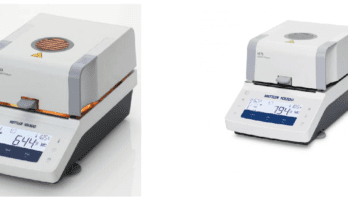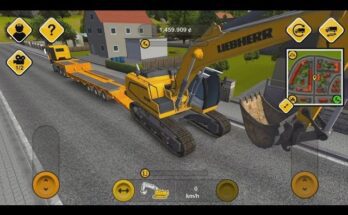New product development is risky, especially when the product design company is building it from scratch. With limited resources at hand, every step towards product design research is invaluable. Hence, to enable product design companies in India like the Future Factory to optimize every stage of design thinking for business innovation, using iterative thinking is vital.
With iterative development, not only does the design company create marketable products and services, but also can gauge the feasibility and success of the new product or industrial design. Iterative development for product design is a faster way of working and is hassle-free when it comes to implementation.
What is Iterative Development?
Iterative development design is the process of continuously improving a concept, prototyping, and designing the product. It is a cyclical approach to product development in which a design is refined/developed by frequent testing, client feedback, focus groups, materials testing, prototype testing, design development, and evaluation until a final refined/developed design is attained.
Every iteration teaches you something new about the product’s functionality, usability, functionality, and prototyping materials. Every new version should be an upgrade over the previous one. At Future Factory, to come up with a one-of-a-kind user interface design that fosters design thinking and innovation, executing iterative development processes is crucial.
In simple terms, iterative design is an experimentation lab for designers. It allows the industrial designers’ team to improve what works, reject what doesn’t, and learn from their mistakes.
How does Iterative Development Help in Product Design?
Conducting extensive study before beginning your design helps to mitigate this risk, but it is never completely infallible. It’s possible for the client’s expectations and what they receive to be out of sync because of misunderstandings or shifting market analysis.
The initial iteration represents theoretical use rather than actual use because there isn’t a real product or design to evaluate and use. Iterative design allows for rapid prototyping that consumers can test. By doing this, the design team will be able to observe how the product will be used practically rather than just theoretically much earlier.
Here are a few other ways in which iteration helps product design –
- It allows designers to explore with more freedom because there is less danger. By testing each iteration of the design long before the manufacturing process begins, you may eliminate design aspects that aren’t user-friendly, cost-effective, simple to make or hinder the product’s operation.
- It focuses on user feedback that results in a better UI and UX design, satisfying the customers.
- As a result of increased transparency, the team’s relationship with the client is strengthened. Instead of just receiving the team’s final output, the client feels involved and heard.
- It gives clients and stakeholders progress visibility and ensures that the product design is conceptualized as per the vision in mind.
Conclusion
Iterative design is similar to sculpting. Before you focus on the finer details, you first sketch out the structure’s fundamental size and shape. As a result, better products are produced, and the development process is speeded up.
To know more about how Future Factory creates futuristic products, click here.





